Clean Room Injection Molding
Clean Room Injection Molding is a specialized form of injection molding that takes place in a controlled environment designed to minimize airborne contaminants. It is used to manufacture medical devices and other high-precision products requiring a sterile environment. The process uses specially designed equipment and medical-grade materials and is subject to strict quality and regulatory standards.
The demand for clean room injection molding has been on a steady incline as the medical, aerospace, and biotech industries continue to evolve and grow. New product designs require prototyping and full-scale product manufacturing in an isolated clean room environment.
In this article you will learn what to look for in a clean room molding environment and how to set one up for your business.
What is Clean Room Molding?
Many industries require their specialized parts to be created in a clean room environment for added safety and precaution. Clean room molding is most commonly used for molding medical devices and other high precision parts.
Inside the clean rooms, machines must be checked and cleaned regularly. Floors, walls, tools, and workstations are to remain sanitary and sterile on all occasions during production and cleaned properly afterwards. Clean rooms are also to be properly ventilated with filtered air.
It is mandatory for clean room molding workers to wear special attire including hairnets, gowns, gloves, and shoe covers. Any special attire worn inside the clean room must not be worn outside the area. Typically a separate clean gowning area is provided.
Why Do You Need Clean Room Molding?
As mentioned above, the reason to have a clean room is to adapt to certain industries. For example, injection molding is a widely utilized form of manufacturing in the medical sector because of its versatility, cost efficiency, and can easily adapt to clean room standards.
Medical injection molding offers companies the flexibility they need while sticking with the requirements of cleanliness and safety.
Companies are now beginning to exclusively seek out manufacturers with an operable clean room. And with the growing list of industries that now require a clean room, the need for more clean room injection molding manufacturing is in high demand.
Industries that require clean room capabilities:
-Medical
-Aerospace
-Biotech
-Pharmaceutical -Military
-Optics
-Food/Drink
What Are the Types of Clean rooms?
There are nine different ISO clean room classifications which are measured by how clean the air is inside the room. This is determined by the number of particles in one cubic foot of air. The ISO classes go from ISO Class 1 to ISO Class 9 (Class 1 being the most clean and stringent).
Per the chart below, you can see the nine types of classes and the standards that go along for each class that meet the clean room injection molding requirements.
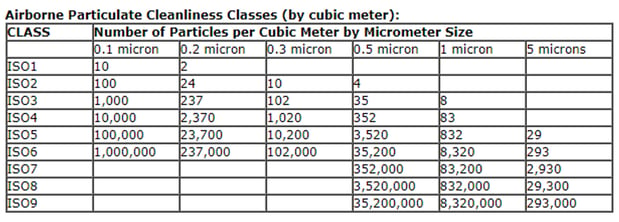
There are also clean rooms that are Good Manufacturing Practice (GMP) compliant which ensures products are consistently being manufactured to quality standards.
Also, For devices that must endure repeated sterilization, including autoclave cycles, material selection is critical.
Being GMP compliant relies on clean internal surfaces, airflow, and operations at all times of manufacturing.
How to Make a Clean Room Environment?
If you are thinking about building a clean room for your business, there are a few key factors to think about.
1. Map out your insert molding clean room design. You want to make your clean room only as big as you need it to be. Condense the size as much as possible because clean rooms can get expensive fast.
Something to think about is do you want to be able to mold, assemble, and package the product inside your clean room. If so, you’ll need extra space.
2. Decide what ISO class you are going to strive for prior to building. This will help you decide on filtration, airflow, and blower needs as well (which can all affect space).
3. Once you have the size of your room, you need to calculate your airflow. A helpful formula to use is “Needed airflow = surface x minimum airspeed.”
4. Find a filtration system that can filter at least 99.95% of the particles from the room.
5. Finally, think about the material used to build the structure. Wood is commonly used for the frame, with either windows, plastic, or PVC foil for the walls. Everything must be sealed properly or the integrity of the filtration system will fail.
An Example of A Clean room Injection Molding?
At Aberdeen Technologies, we are proud to have an isolated area that meets the clean room injection molding requirements. We specialize in medical injection molding along with insert molding for consumer products, aerospace, and electronics. Since not all of the services we offer require clean room injection molding, we have two different spaces.
Our non-clean room space hosts our mold making and tooling workspace, along with three of our insert molding machines, while our clean room is completely separated from the rest of our shop for the critical care parts.
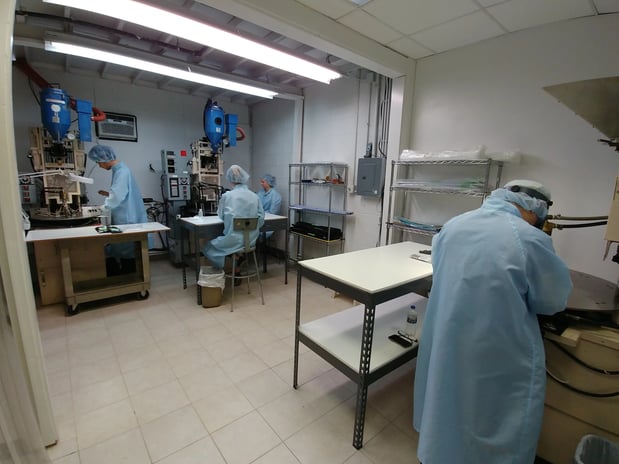
Our clean room space is GDP compliant and currently holds three vertical injection molding machines that solely produce medical, aerospace, and other critical care and high-tolerance parts. An example of these parts are shown below:
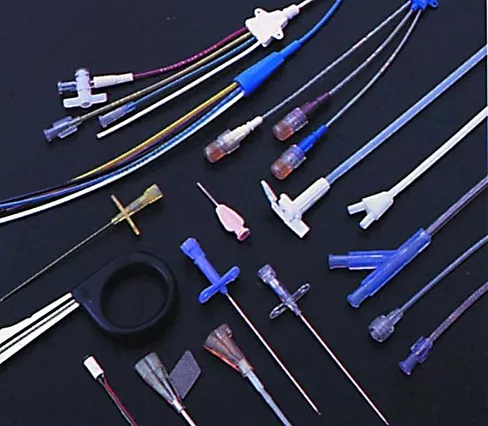
Our clean room does have space for a fourth injection molding machine, but we currently use that extra space to assemble and package the products to keep them sanitary and safe.
Let us know below what your clean room looks like or if you are in need of a clean room injection molding manufacturer to help with your next project.
Request a Risk-Free Project Evaluation
Move your project forward with Aberdeen Technologies.
As your injection molding design guide, we can help you design and manufacture your molds, run productions, and provide parts for first article approval.



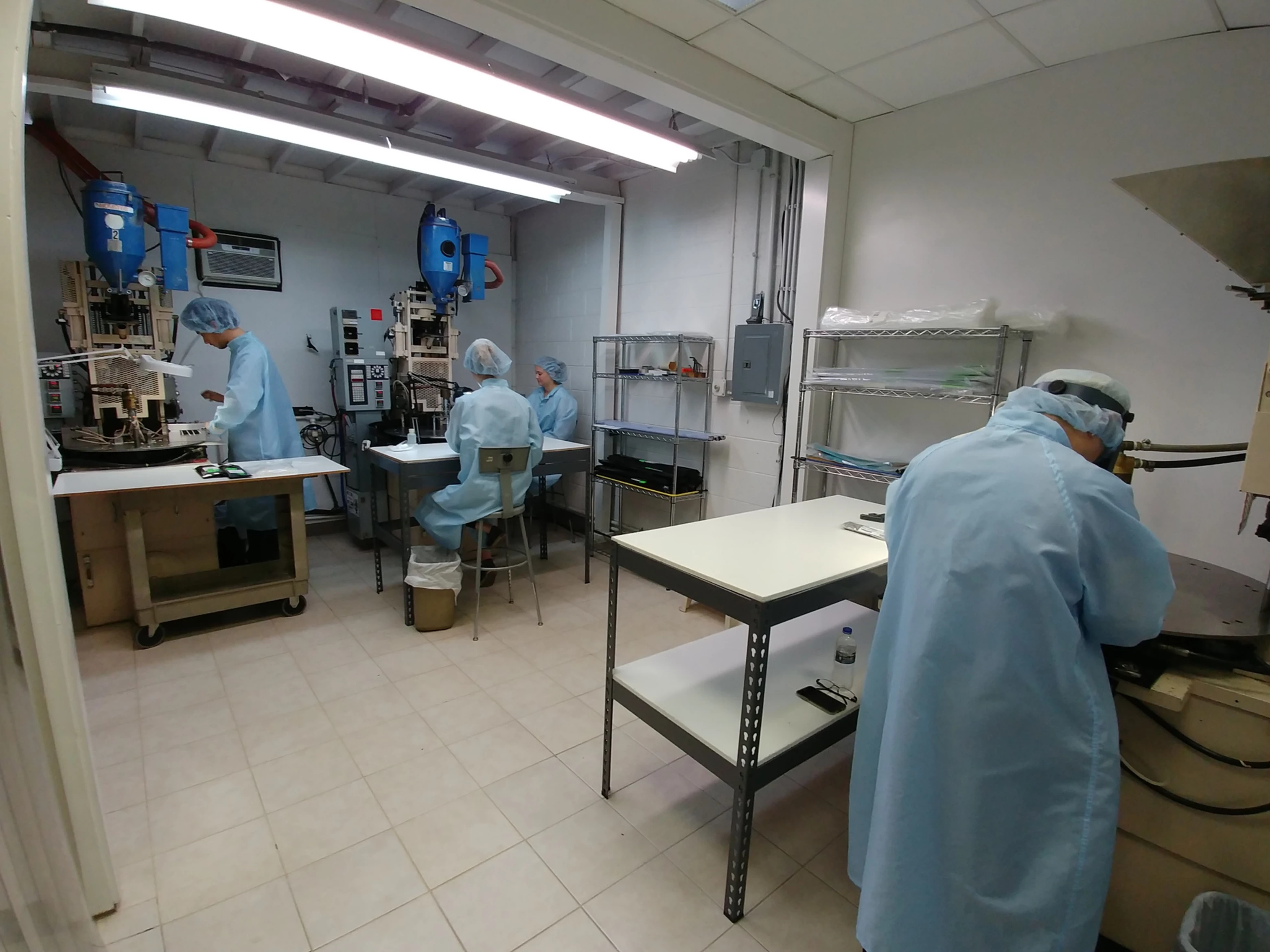
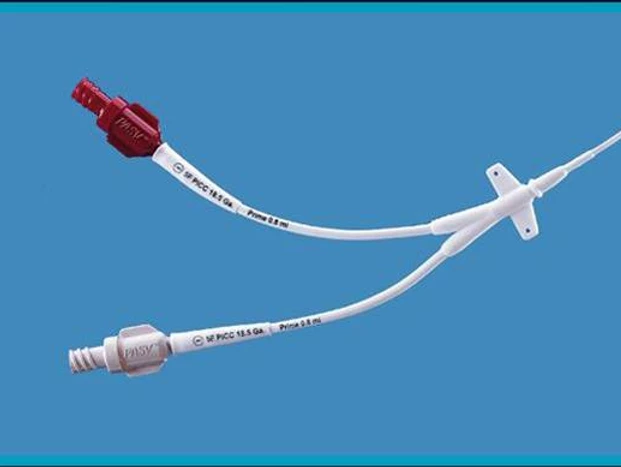
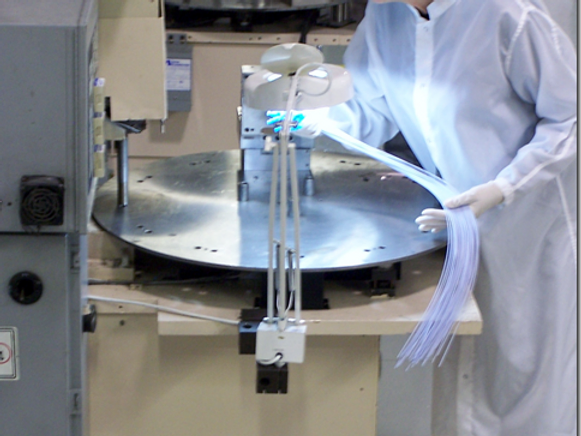
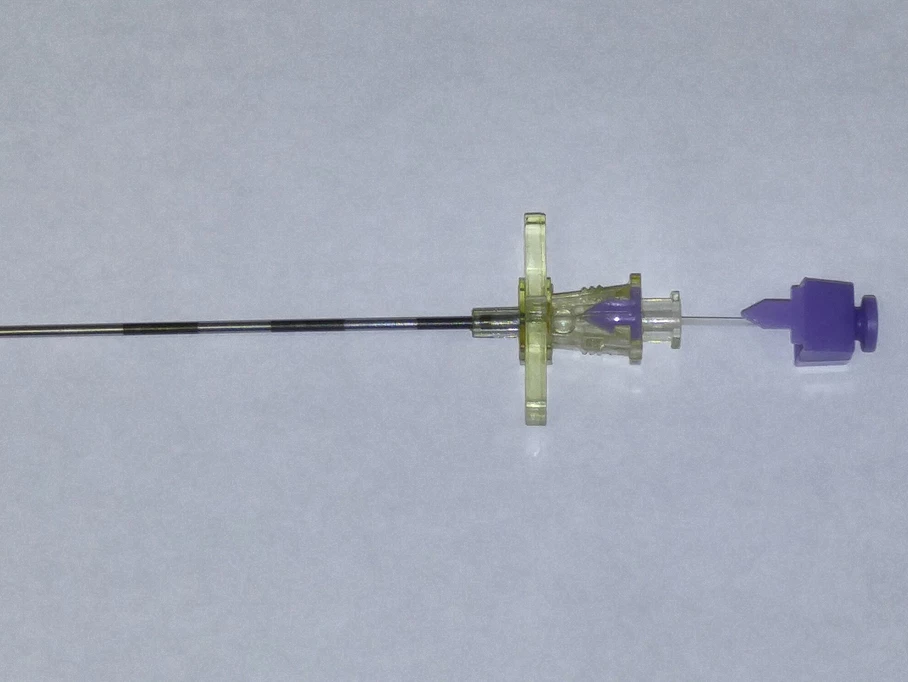
Post a comment